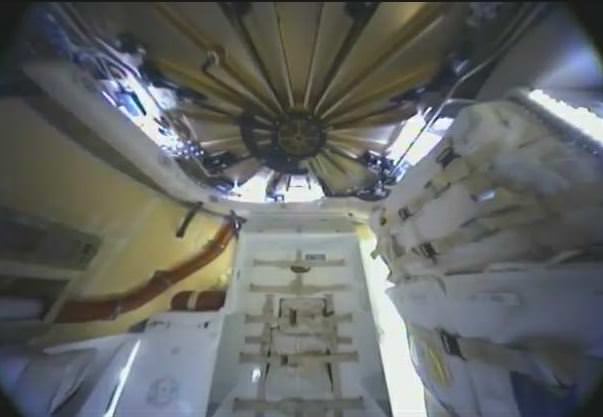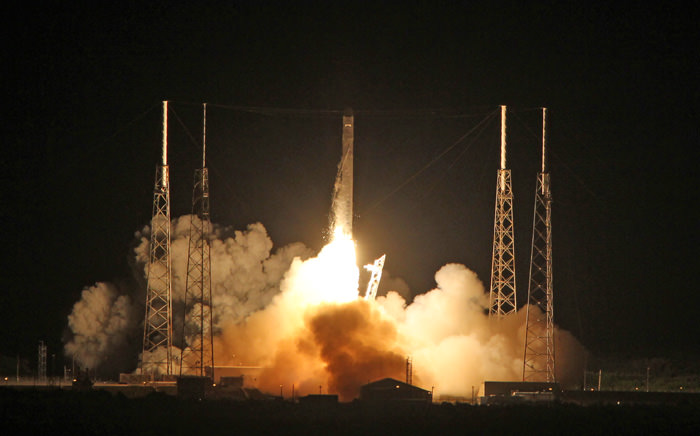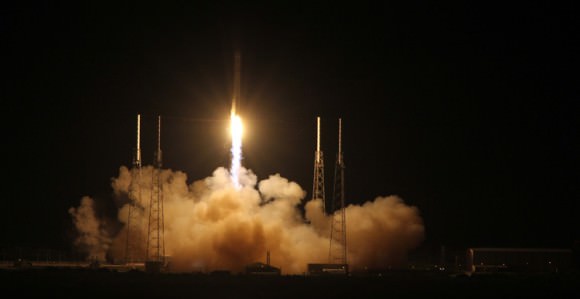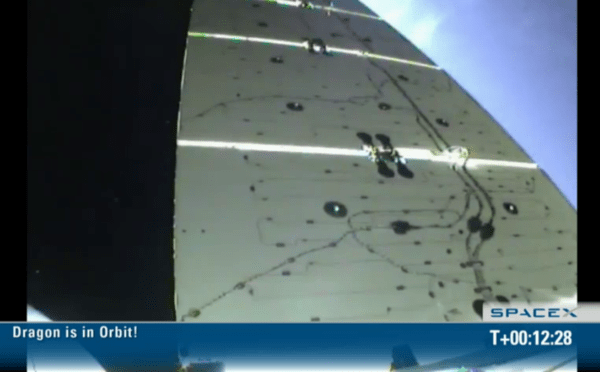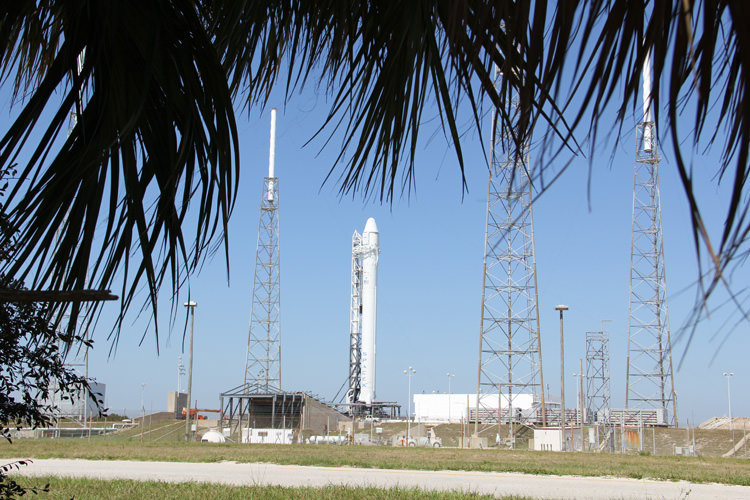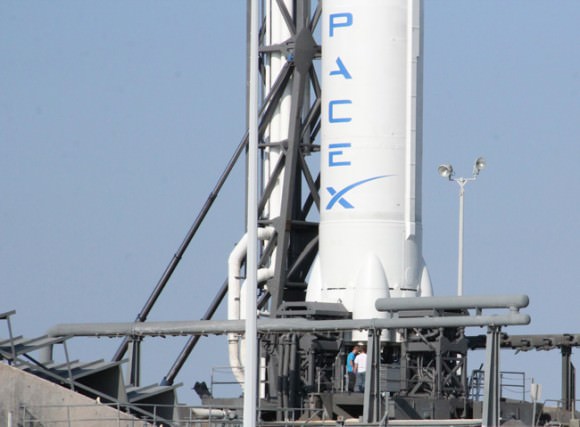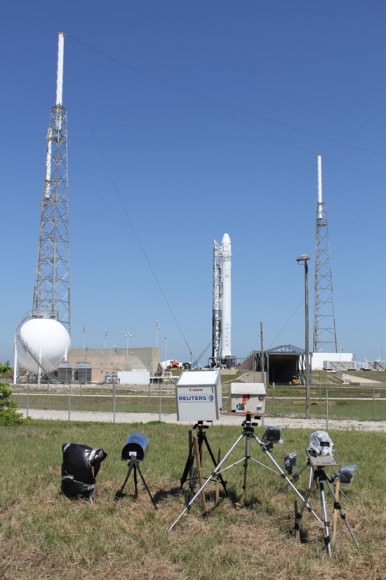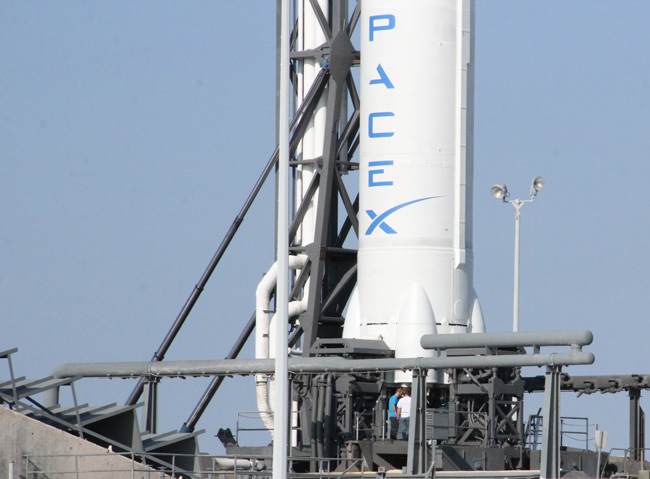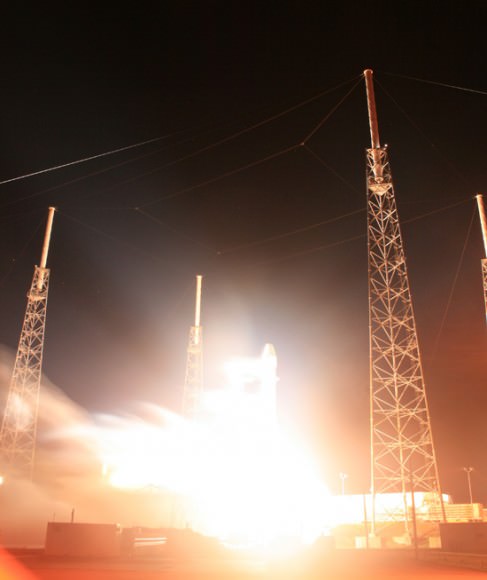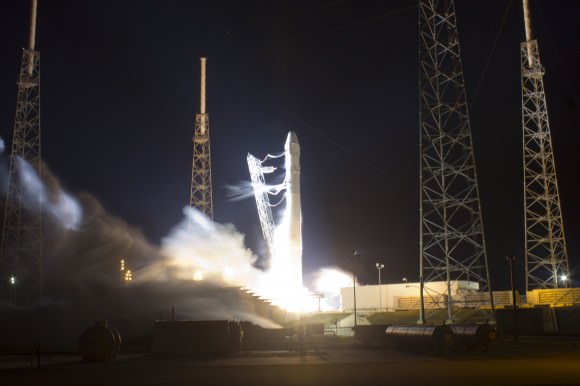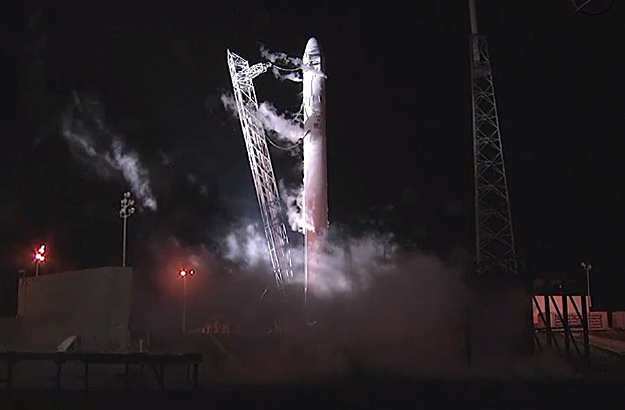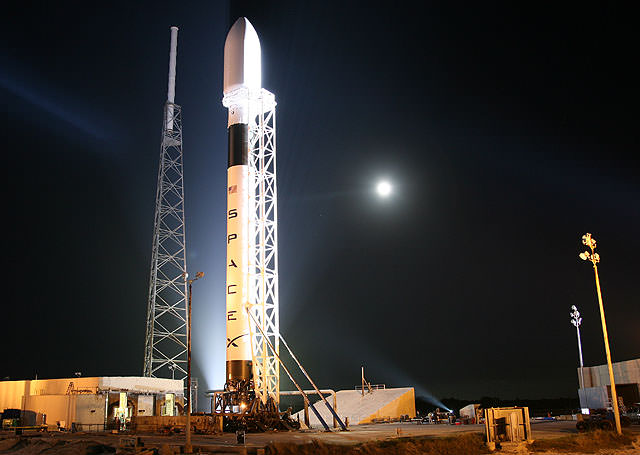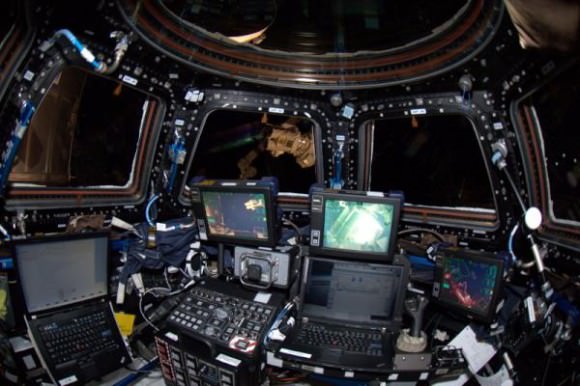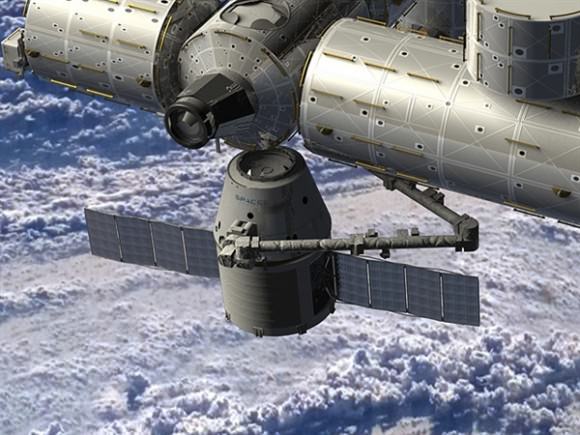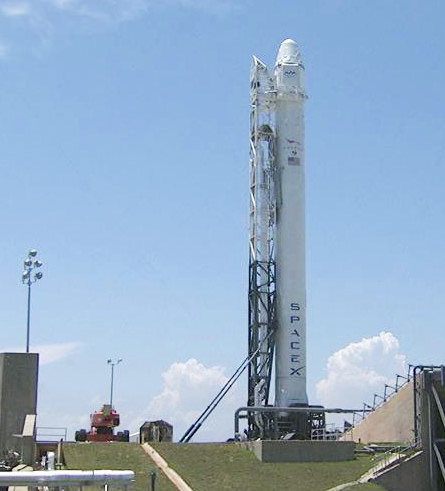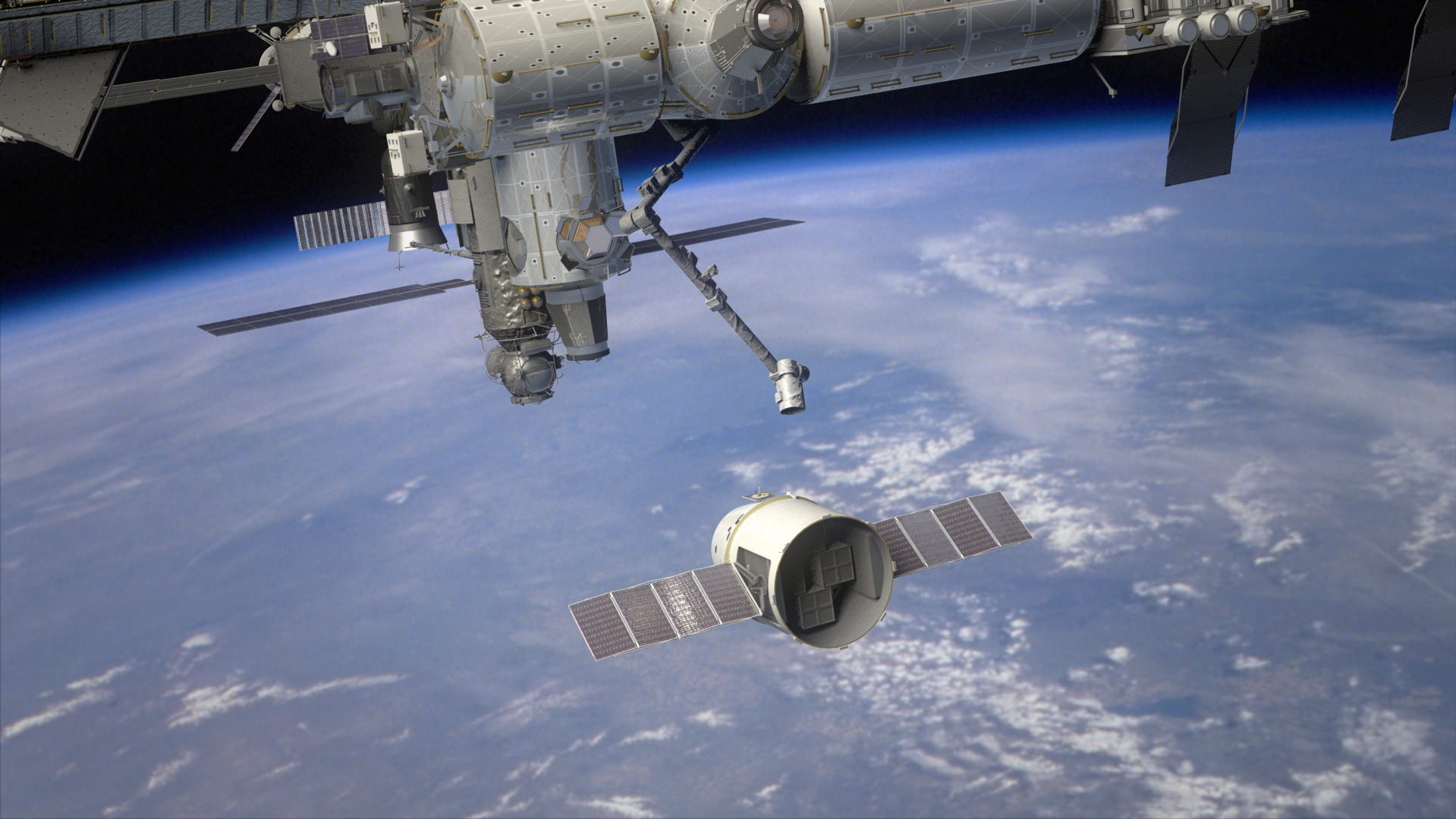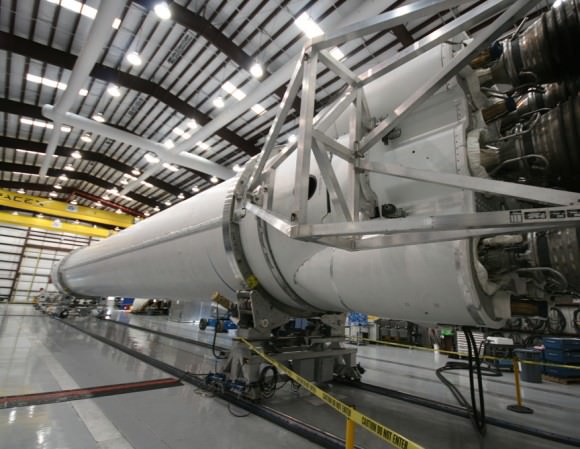[/caption]
SpaceX has released this automated image, a first look inside the Dragon spacecraft in orbit after the successful launch early this morning. What is all on board the Dragon? The payload includes over 300 kilograms of food, crew clothing and pantry items, a NanoRacks Module of student experiments, and a laptop computer. On board the second stage, and not on board Dragon as reported earlier, was a canister from the Celestis company that included the cremated remains of more than 300 people, including Mercury astronaut Gordon “Gordo” Cooper and the actor James Doohan, famous for playing Scotty in the “Star Trek,” series.
You can see a pdf of the entire payload here, which also includes what Dragon will be taking back home from the ISS. This capability, being able to bring experiments, used parts and other items back to Earth, can currently only be done by the Soyuz spacecraft, and so this added capability that Dragon provides is a big.
What is next for Dragon? Here’s what will be happening the next few days:
May 23: Dragon orbits Earth as it travels toward the International Space Station.
May 24: Dragon’s sensors and flight systems are subjected to a series of complicated tests to determine if the vehicle is ready to berth with the space station; these tests include maneuvers and systems checks in which the vehicle comes within 1.5 miles of the station.
May 25: NASA decides if Dragon is allowed to attempt berthing with the station. If so, Dragon approaches. It is captured by station’s robotic arm and attached to the station, a feat that requires extreme precision.
May 25 – 31: Astronauts open Dragon’s hatch, unload supplies and fill Dragon with return cargo.
May 31: After approximately two weeks, Dragon is detached from the station and returns to Earth, landing in the Pacific, hundreds of miles west of Southern California.
Today, the big events (besides launch) included the successful deploy of the solar arrays, ensuring the capsule would have power to do all the on-orbit maneuvers and berthing to the ISS.
The next big event was the opening of the Guidance, Navigation and Control (GNC) door on the spacecraft, which allows Dragon to navigate in space with its Light Detection and Ranging, or LIDAR, and a star tracker GPS system. During the press conference this morning, SpaceX CEO Elon Musk referred to this as important as “opening the payload doors, much like in the movie 2001.”

